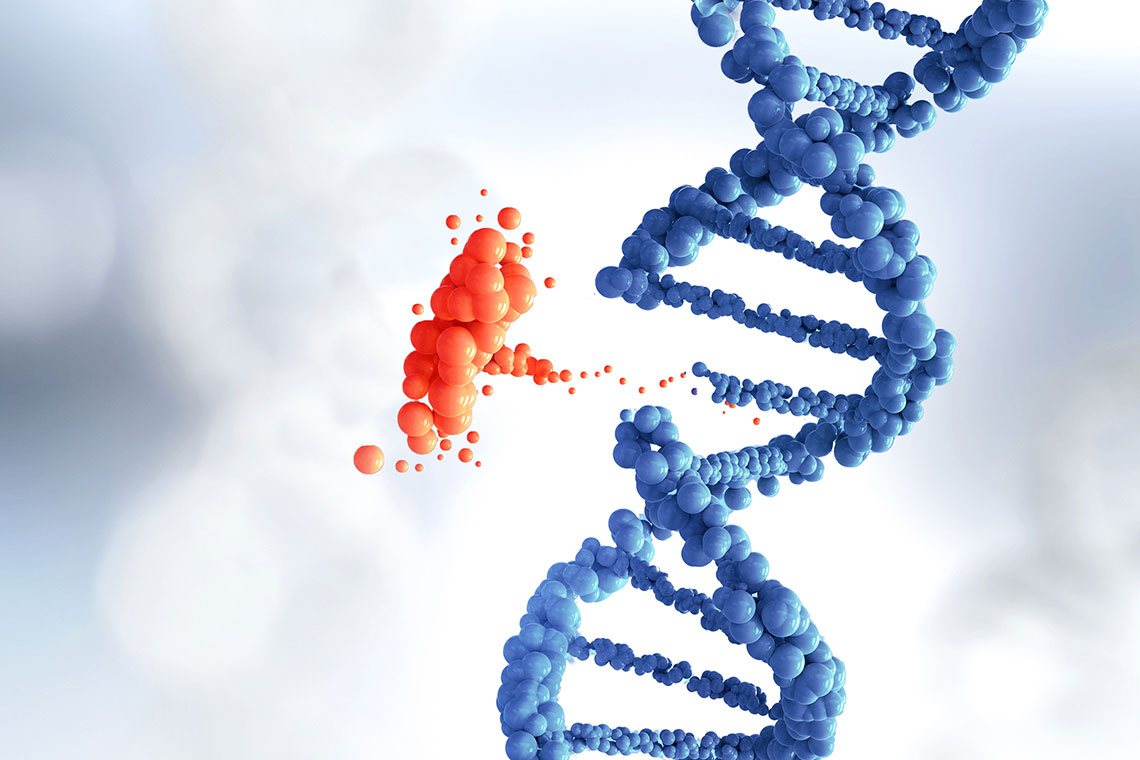What are the symptoms of Proteus syndrome?
Proteus syndrome is a rare genetic disorder characterized by a range of symptoms that can vary widely among individuals. Key symptoms include:
- Overgrowth of Tissues: This can affect various parts of the body, including bones, skin, and organs, leading to asymmetrical growth.
- Skin Abnormalities: Individuals may have warty growths, benign tumors, or thickened skin in certain areas.
- Skeletal Abnormalities: This might include asymmetrical limb growth, scoliosis (curvature of the spine), or other bone deformities.
- Neoplasms: There is an increased risk of benign tumors and, in some cases, malignant tumors.
- Cognitive and Developmental Issues: Some individuals may experience learning disabilities or developmental delays.
- Vascular Abnormalities: These can include enlarged blood vessels or varicose veins.
- Enlarged Organs: Certain organs, such as the liver or spleen, may be larger than usual.
The symptoms of Proteus syndrome can be quite variable and may become more apparent as the individual grows. The severity and specific manifestations of the syndrome can differ significantly from person to person.
What are the causes of Proteus syndrome?
Proteus syndrome is caused by mutations in the AKT1 gene, which is involved in cell growth and proliferation. This genetic mutation leads to abnormal cell growth and proliferation, contributing to the characteristic overgrowth of tissues and other symptoms associated with the syndrome.
Proteus syndrome is a sporadic condition, meaning it typically arises from new mutations rather than being inherited from parents. The mutations occur randomly in cells during early development, which is why the symptoms of the syndrome may vary widely among affected individuals.
The exact reason why these mutations occur is not fully understood, but they result in a mosaic pattern of genetic changes in different tissues of the body. This mosaicism means that not all cells in the body have the mutation, which contributes to the variable expression of symptoms seen in individuals with Proteus syndrome.
How is the diagnosis of Proteus syndrome made?
Diagnosing Proteus syndrome involves a combination of clinical evaluation, genetic testing, and imaging studies. Here’s how the process typically unfolds:
- Clinical Evaluation: A thorough assessment of the patient’s medical history and a physical examination are essential. The presence of characteristic features such as asymmetrical growth of tissues, skin abnormalities, and skeletal abnormalities can lead a healthcare provider to suspect Proteus syndrome.
- Genetic Testing: Confirmatory diagnosis is made through genetic testing to identify mutations in the AKT1 gene. This involves analyzing a sample of blood or other tissues to detect the specific mutation associated with Proteus syndrome.
- Imaging Studies: Imaging techniques such as X-rays, MRIs, or CT scans are used to evaluate skeletal abnormalities, organ enlargement, and other physical changes. These studies help assess the extent of tissue overgrowth and other manifestations of the syndrome.
- Exclusion of Other Conditions: The diagnosis may also involve ruling out other conditions with similar symptoms. This may include other genetic syndromes or conditions with overlapping features.
- Genetic Counseling: Genetic counseling may be recommended to help understand the implications of the diagnosis, including the genetic nature of the condition and the potential for recurrence in families.
The combination of clinical features, genetic confirmation, and imaging studies provides a comprehensive approach to diagnosing Proteus syndrome.
What is the treatment for Proteus syndrome?
The treatment for Proteus syndrome is primarily focused on managing symptoms and improving quality of life, as there is no cure for the condition. The approach to treatment typically includes:
- Symptom Management: Treatment is tailored to address specific symptoms, such as managing pain or discomfort associated with skin and bone abnormalities. This might involve medications or physical therapy.
- Surgical Interventions: In some cases, surgical procedures may be necessary to address significant overgrowth of tissues, correct skeletal deformities, or remove benign tumors. The need for surgery depends on the severity and impact of symptoms.
- Monitoring and Surveillance: Regular monitoring is crucial to track the progression of symptoms and detect any complications early. This may include routine imaging studies and physical examinations.
- Supportive Care: Providing support for developmental and cognitive issues, if present, is important. This may involve educational support, psychological counseling, and other therapies to address specific needs.
- Multidisciplinary Care: A team of specialists, including dermatologists, orthopedic surgeons, geneticists, and other healthcare professionals, may be involved in the comprehensive management of Proteus syndrome.
- Genetic Counseling: Genetic counseling can help families understand the genetic nature of the condition, discuss potential implications for family members, and provide guidance on future pregnancies.
Overall, the treatment plan for Proteus syndrome is individualized and aims to address the diverse range of symptoms and challenges associated with the condition.

Leave a Reply
You must be logged in to post a comment.